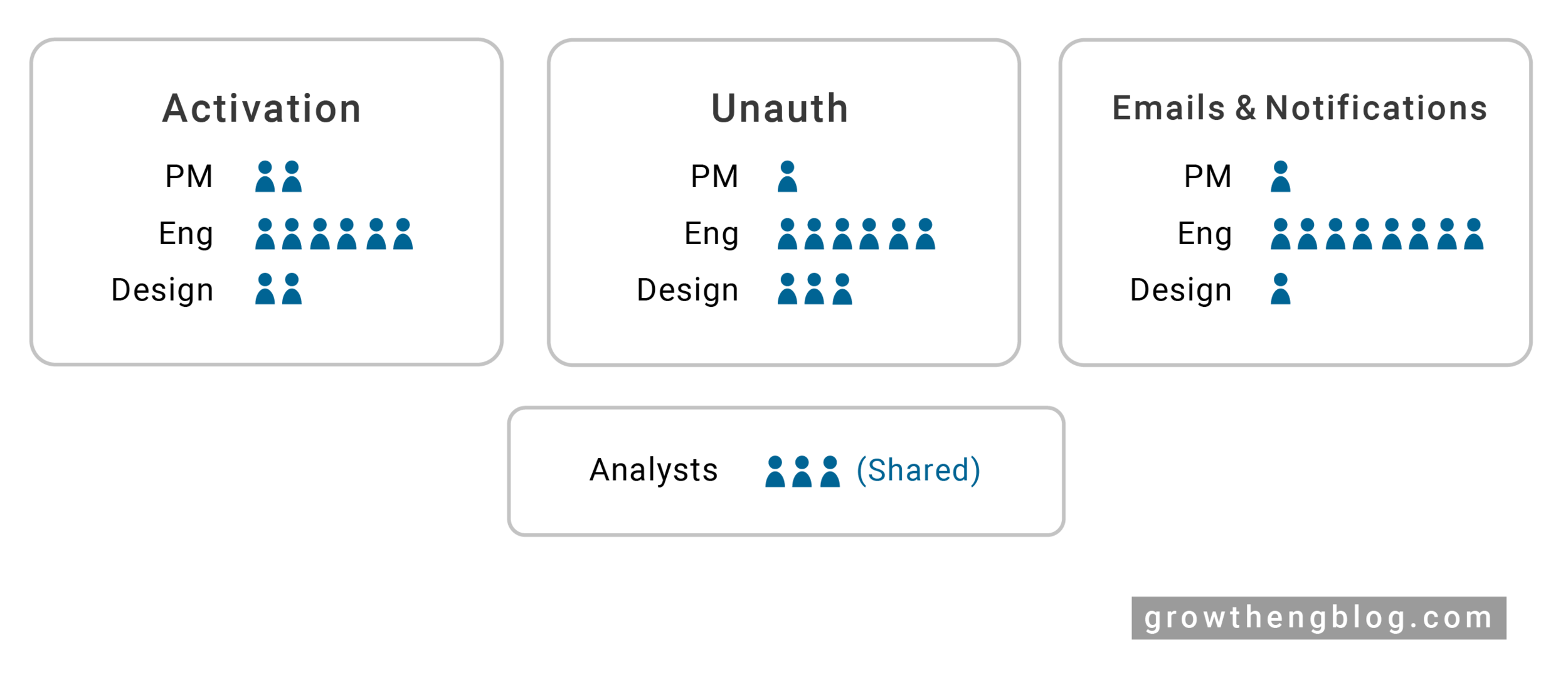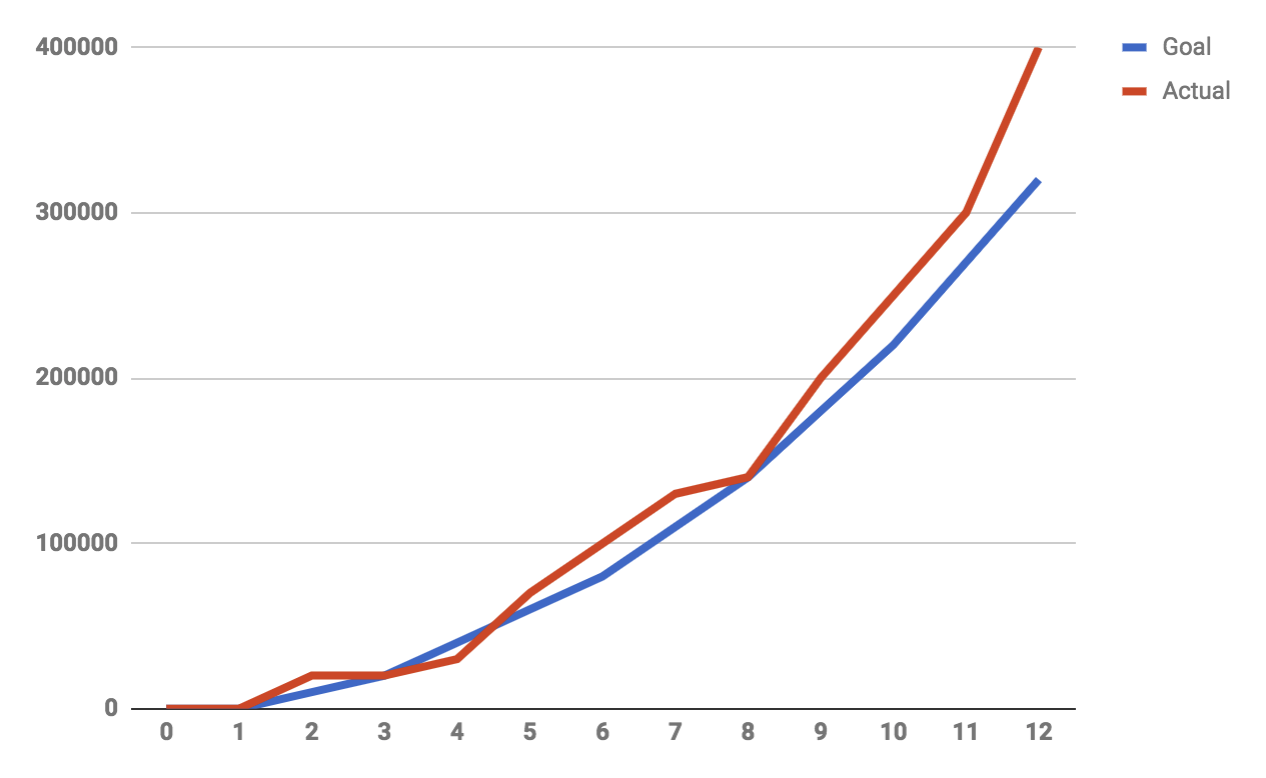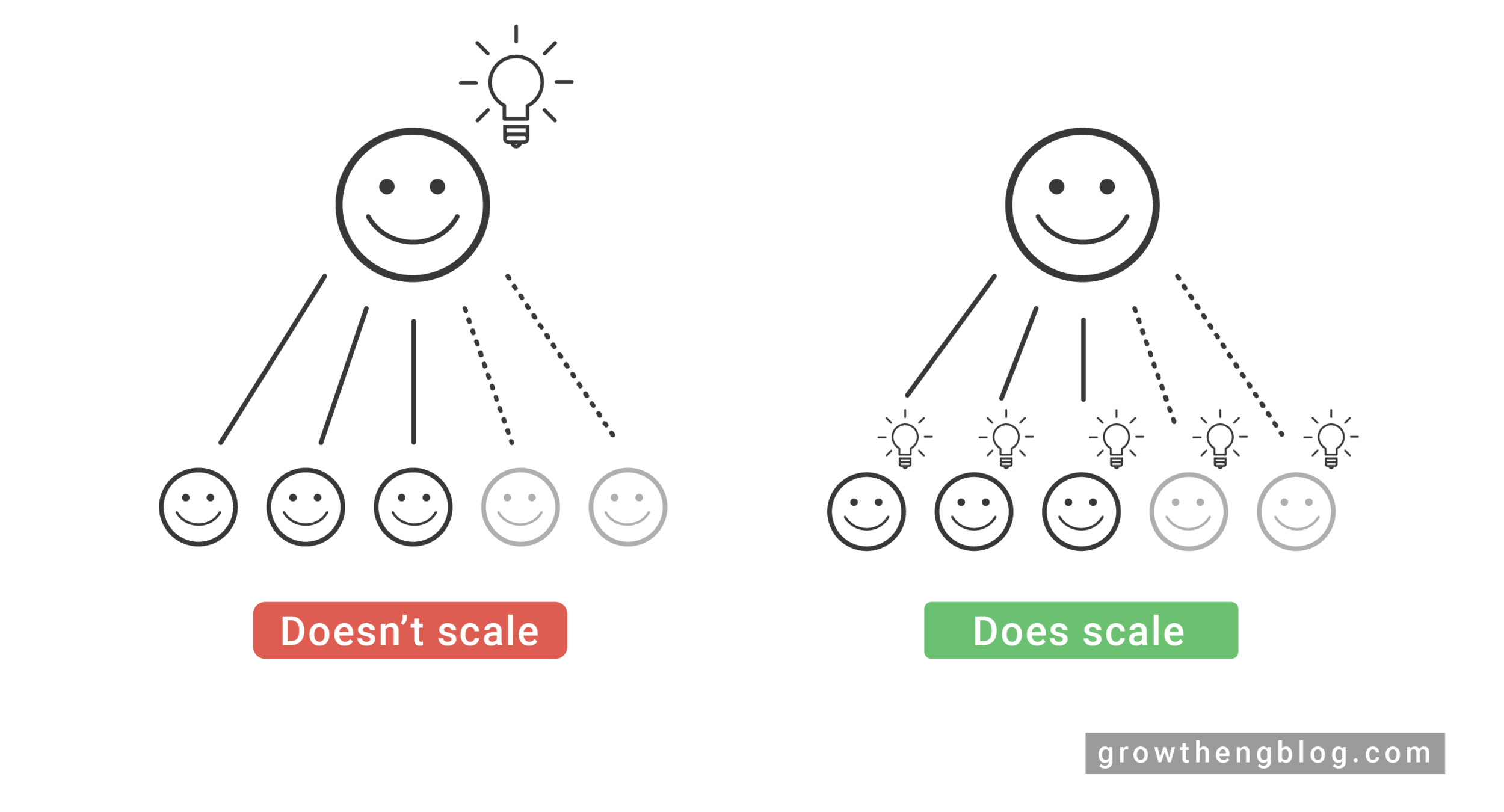How to set achievable and relevant growth goals
About the author
Jeff Chang (@JeffChang30) is a growth technical leader at Pinterest and angel investor. If your startup is looking for an angel investor who can help with all things growth, please send over an email!
Intro
Every company has growth goals. Goals are a great tool to challenge the team to reach significant growth milestones, and increase employee motivation. However, setting a good goal is important. For example, if a goal doesn’t seem achievable, people may become demoralized and not feel motivated to reach it. On the flip side, if the goals are too easily achievable, there may be a lack of motivation to perform. A common framework for setting goals is the SMART framework: Specific, Measurable, Achievable, Relevant, and Time-bound. In my opinion, Specific, Measurable, and Time-bound are more straightforward than Achievable and Relevant, so this post will focus on creating growth goals that are Achievable and Relevant.
Achievable
When determining whether or not a goal is achievable, I use two main factors: Historical context and resourcing
Historical context is probably your biggest indicator of what is possible. Without it, it’s very hard to set goals with confidence, so I would actually recommend waiting until you have some historical context before setting concrete goals. When considering historical context it is important to be aware of a few factors: seasonality, product changes, press, etc. After you determine these factors, categorize them into one-time events or recurring. For example, if a boost was due to press or product changes, it is likely one-time. Then, try to determine a possible range of growth rates if you remove the one-time events. This range will be a good indicator of what a good goal may be.
Resourcing is another big factor in determining what kind of goal is possible. For small growth teams, this is especially important because going from 2 to 3 people can be a big difference. However, here are a few things to consider when it comes to resourcing:
New engineers take time to ramp up and learn growth. The median time until shipping a first significant win is usually over 3 months. So, I usually don’t let new hires affect the projection too much.
For early growth teams, significant time will have to be spent developing basic experimentation tools. For later stage growth teams, more time will have to be spent on maintaining growth features.
Employee attrition is possible but usually ends up being 0-1 people per time period, so I usually don’t factor it in unless it is known well in advance someone will leave.
Using these two factors, you can probably come up with two numbers: the baseline, which is where the metric would reach if the team didn’t make any improvements, and the ideal forecast, which is what may happen if a lot of wins are shipped. Your goal should be somewhere between these two numbers, but probably closer to the ideal forecast in order to challenge and motivate the team.
Relevant
The two factors I use to determine if a goal is relevant are team influence and correlation with company success.
Team influence is how much a team can influence the goal. For example, let’s say a growth user acquisition team has a goal of weekly signups (a bad goal, by the way). However, if SEO traffic goes up independently of the signup projects, maybe the signups goal will be hit regardless of any work done by the team. On the flip side, let’s say a search ranking team has a goal of weekly active searchers. While search ranking can affect the number of users using the product, product changes that upsell the search feature will probably have a higher effect. In this case, engagement with search results is a better metric because it is something they have more control over by optimizing search ranking.
Correlation with company success is important in the world of vanity metrics. Sometimes, teams set goals like “Number of people who perform action X” or “Number of people who use feature Y” in an attempt to make the goal very influenced by the team, since the team owns X or Y. This is only fine as long as X and Y are directly tied with company success. For example, if X is user subscribe, it’s a decent goal because usually subscriptions are directly related to revenue, which is highly correlated to company success. However, if every product feature team goals on how much users use their feature, they will competing with each other for user time. It’s common that increased usage of one feature leads to a decrease in others. This is why it’s important for companies to decide what user actions are the most important, and have every team make goals based on those.
Putting it all together - How the Pinterest growth team sets achievable and relevant growth goals
On the Pinterest growth team, we’ve tried a bunch of different goal metrics in the past. In the beginning, every team used a different metric, for example, the activation team had activation rate, the SEO team had traffic, and the conversions team had signups. There were a lot of problems with this. First, increasing one metric often decreased another, for example increasing signups usually decreased activation. Another “problem” was that if SEO did well a certain quarter, sometimes the conversions team could have hit the goal without launching anything. Finally, it was hard to tell which areas we needed to double down on because everyone had different metrics. For example, let’s say with 1 engineer we could either raise activation by 1%, or increase signups by 1000 per week, or increase traffic by 10,000 per week. Where was the best place to invest our resources?
To solve this, we spent a lot of time to develop methods for estimating a metric we call 12-week WAU (or quarterly WAU) to estimate the number of additional retained WAU we expect to get a quarter after an experiment is fully shipped. For example, to convert a successful signup experiment to quarterly WAU, you multiply the number of additional signups per week you would gain out to 12 weeks, then multiply by the activation rate to retained user. Signups were much simpler to convert to quarterly WAU than auth experiments though. For auth experiments, we had to develop models for predicting the amount of users who would see the experience in 12 weeks and multiply it by the increase in long term WAU propensity. By doing this, every growth subteam goals on the same metric that’s relevant to the company and easily influenced by the team. It’s worked well and we’ve used it for a while, so we also have the historical context to be able to set achievable goals.
Takeaways
Goal setting is important to motivate and challenge teams
To make achievable goals, take historical context and resourcing into account
To make relevant goals, make sure the metric you are using can be heavily influenced by the team and is correlated to company success
Want to chat about building a high impact growth team? Email me at jeff@growthengblog.com




